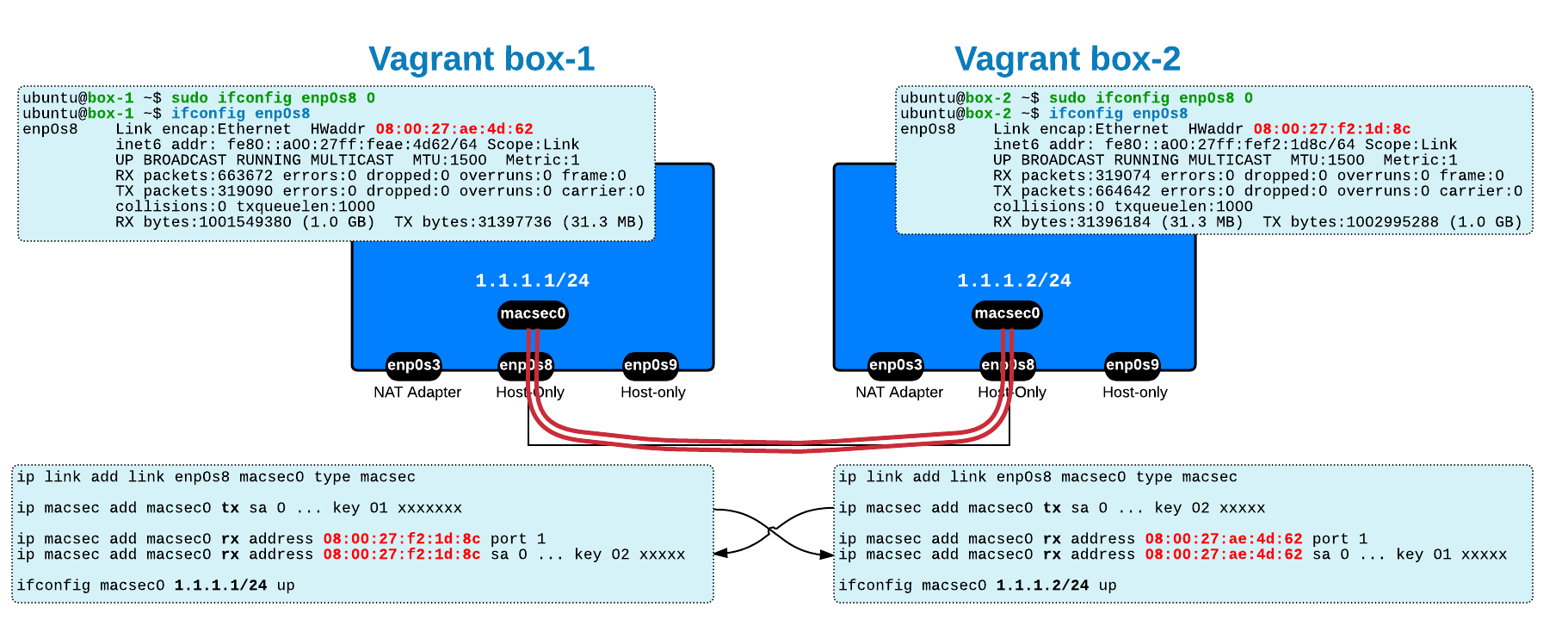You have joined a new company that has few offices connected over the Frame Relay cloud as in the below diagram.
For monitoring purposes, you created a TCL script that pings all interfaces connected to the FR cloud (including itself).
But you noticed that each router cannot ping itself:
R1#ping 192.168.1.1 Type escape sequence to abort. Sending 5, 100-byte ICMP Echos to 192.168.1.1, timeout is 2 seconds:..... Success rate is 0 percent (0/5) R1# R1#ping 192.168.1.2 Type escape sequence to abort. Sending 5, 100-byte ICMP Echos to 192.168.1.2, timeout is 2 seconds:!!!!! Success rate is 100 percent (5/5), round-trip min/avg/max = 1/22/72 ms R1# R1#sh frame map Serial0/0 (up): ip 192.168.1.2 dlci 102(0x66,0x1860), dynamic, broadcast,, status defined, active R1#
R2#ping 192.168.1.1 Type escape sequence to abort. Sending 5, 100-byte ICMP Echos to 192.168.1.1, timeout is 2 seconds:!!!!! Success rate is 100 percent (5/5), round-trip min/avg/max = 1/10/28 ms R2# R2#ping 192.168.1.2 Type escape sequence to abort. Sending 5, 100-byte ICMP Echos to 192.168.1.2, timeout is 2 seconds:..... Success rate is 0 percent (0/5) R2# R2#sh frame map Serial0/0 (up): ip 192.168.1.1 dlci 201(0xC9,0x3090), dynamic, broadcast,, status defined, active R2#
After some troubleshooting, you notice that each router misses a DLCI mapping for its own IP address, so you perform the following configuration:
R1# interface Serial0/0 ip address 192.168.1.1 255.255.255.0 encapsulation frame-relayframe-relay map ip 192.168.1.1 102 end R1#sh frame mapSerial0/0 (up): ip 192.168.1.1 dlci 102(0x66,0x1860), static, CISCO, status defined, active Serial0/0 (up): ip 192.168.1.2 dlci 102(0x66,0x1860), dynamic, broadcast,, status defined, active R1# R1#ping 192.168.1.1 Type escape sequence to abort. Sending 5, 100-byte ICMP Echos to 192.168.1.1, timeout is 2 seconds:!!!!! Success rate is 100 percent (5/5), round-trip min/avg/max = 4/40/116 ms R1# R1#ping 192.168.1.2 Type escape sequence to abort. Sending 5, 100-byte ICMP Echos to 192.168.1.2, timeout is 2 seconds:!!!!! Success rate is 100 percent (5/5), round-trip min/avg/max = 4/39/84 ms R1#
R2# interface Serial0/0 ip address 192.168.1.2 255.255.255.0 encapsulation frame-relayframe-relay map ip 192.168.1.2 201 end R2#sh frame mapSerial0/0 (up): ip 192.168.1.2 dlci 201(0xC9,0x3090), static, CISCO, status defined, active Serial0/0 (up): ip 192.168.1.1 dlci 201(0xC9,0x3090), dynamic, broadcast,, status defined, active R2# R2#ping 192.168.1.1 Type escape sequence to abort. Sending 5, 100-byte ICMP Echos to 192.168.1.1, timeout is 2 seconds:!!!!! Success rate is 100 percent (5/5), round-trip min/avg/max = 4/38/80 ms R2# R2#ping 192.168.1.2 Type escape sequence to abort. Sending 5, 100-byte ICMP Echos to 192.168.1.2, timeout is 2 seconds:!!!!! Success rate is 100 percent (5/5), round-trip min/avg/max = 4/36/148 ms R2#
All looks ok now: each router can ping the neighbor device over FR and also itself...
Is there any problem with the end-result configuration?
Post your answer in the ‘Comments’ section below and subscribe to this blog to get the detailed solution and more interesting quizzes.






 Costi is a network and security engineer with over 10 years of experience in multi-vendor environments. He holds a CCIE Routing and Switching certification and is currently pursuing same expert-level certifications in other areas. He believes that the best way to learn and understand networking topics is to challenge yourself to fix different problems, production-wise or lab-type exams. He also enjoys teaching networking and security technologies, whevever there is an opportunity for it.
Costi is a network and security engineer with over 10 years of experience in multi-vendor environments. He holds a CCIE Routing and Switching certification and is currently pursuing same expert-level certifications in other areas. He believes that the best way to learn and understand networking topics is to challenge yourself to fix different problems, production-wise or lab-type exams. He also enjoys teaching networking and security technologies, whevever there is an opportunity for it.

Comments
comments powered by Disqus